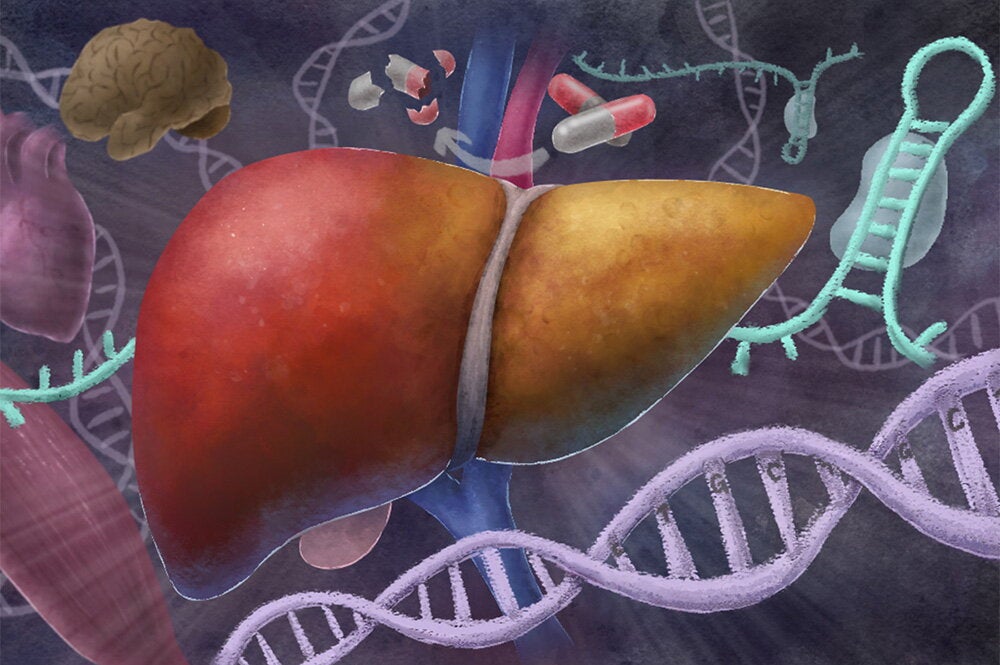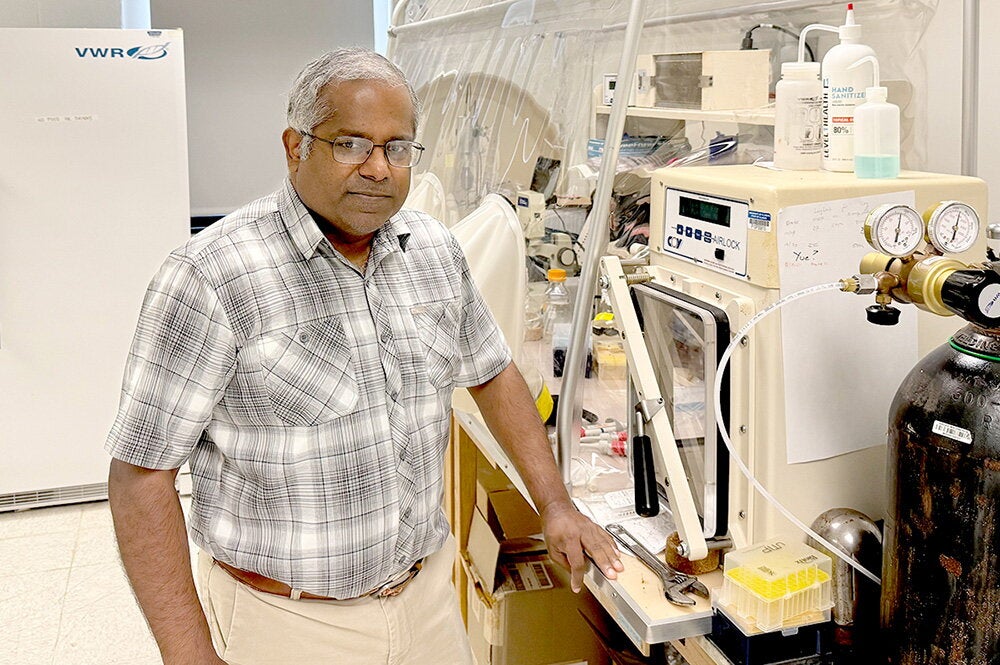

Three researchers at U of I have received an award from the National Institutes of Health to fund their highly creative study of cell membrane lipids that promises to advance drugs and medicine against a range of issues.
James Morrissey, professor of biochemistry and the Roy and Eva Hong Professor of Cellular Biology; Chad Rienstra, professor of chemistry, biophysics, and computational biology; and Emad Tajkhorshid, professor of biochemistry, biophysics, computational biology, and pharmacology, received the NIH’s Director’s Transformative Research Award, which was one of 12 issued by the agency for groundbreaking research.
“The program continues to support high-caliber investigators whose ideas stretch the boundaries of our scientific knowledge,” said NIH Director Francis S. Collins, of the agency’s High-Risk, High-Reward Research Program that issued the trio’s award. “We welcome the newest cohort of outstanding scientists to the program and look forward to their valuable contributions.”
The group’s research on cell membrane lipids promises to help improve drug design. It is becoming increasingly clear that lipids, a class of organic compounds, modulate and/or directly carry out essential biological functions such as blood clotting, cell recognition (especially in immunological responses), ion conduction (important for neuronal function and viral infection), transport of drugs across the membrane, and pain response.
A potential long-term application of this is the development of more effective drugs that target biological membranes. Since about 60 percent of drugs on the market target membrane-bound proteins, a better understanding of lipid structure and dynamics could greatly improve the efficacy of drug design by modeling the interactions that take place.
The researchers at U of I are developing a toolkit of methods along these lines that would be available to researchers addressing a wide range of health issues, such as developing better blood thinners, and improved modeling of immunological cell recognition that would help fight infectious diseases from influenza to HIV/AIDS. Understanding how drugs are transported would aid in the development of better antibiotics.


